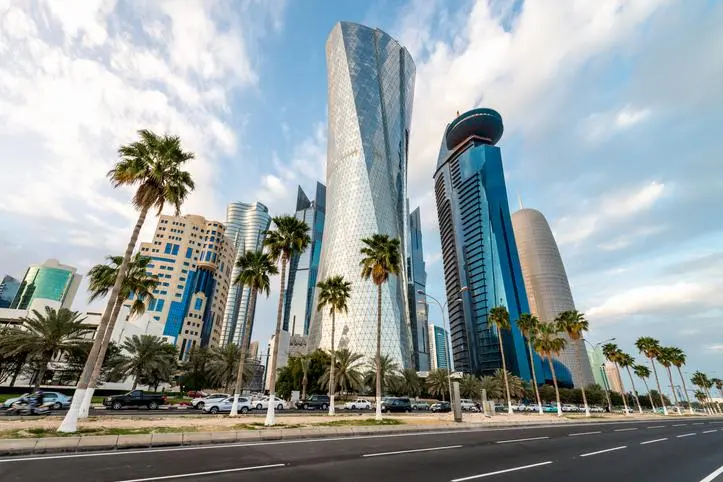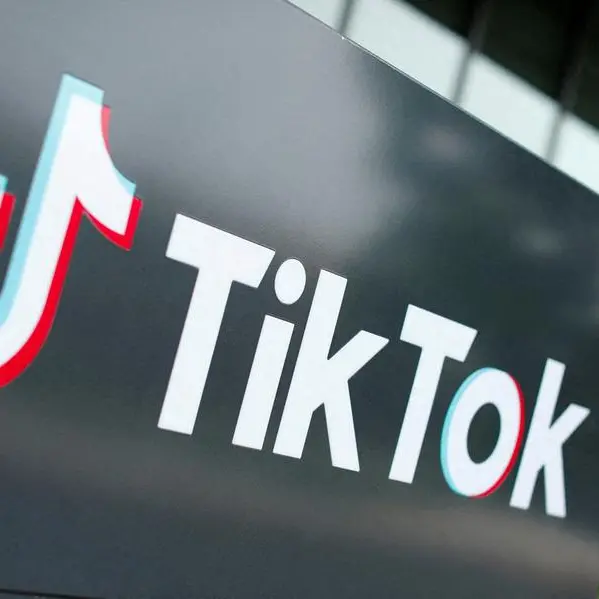PHOTO
Doha, Qatar: Qatar has established itself as one of the leading nations worldwide in terms of information and communication technology (ICT) development, according to a recent report released by the International Telecommunication Union (ITU).
Entitled “Measuring digital development: The ICT Development Index 2023 (IDI),” the report assesses ICT progress in 169 countries and territories around the world based on 10 key indicators. These indicators include the percentage of people using the internet, mobile broadband penetration, mobile broadband internet traffic, mobile data prices, voice services, and mobile phone ownership.
Overall, Qatar emerged third globally with 98.7 percent, just slightly behind the UAE (100 percent) and the United States (99.1 percent).
In 2009, ITU introduced the first IDI, which became an important tool for policymakers in charge of the digital agenda. After a six-year hiatus, the publication was resumed based on a new methodology, which has been developed through an inclusive and iterative process.
According to the report, 99.7 percent of people in Qatar are using the internet, while households with internet access at home account for 95 percent. The report noted that 100 percent of Qatar’s population is covered by at least a 3G mobile network. 99.8 percent of the population is covered by at least a 4G/LTE mobile network, while individuals owning at least a mobile phone in Qatar are at 99.6 percent.
The report noted that globally, the monthly average for data use was 257 GB per fixed-broadband subscription, compared to 11 GB per mobile-broadband subscription in 2022. Monthly fixed-broadband traffic in low-income countries averaged 161 GB, compared to only 1 GB for mobile.
“The Facts and Figures series is an important record of where we are and a good motivator to drive us to where we want to be. This edition shows that there are reasons to be optimistic, but the rate of growth is uneven, and the new indicators on 5G network coverage and Internet traffic highlight ongoing disparities between high- and low-income countries, deepening the digital divide,” said Dr Cosmas Luckyson Zavazava, Director of ITU’s Telecommunication Development Bureau.
“By prioritizing digital connectivity, we can ensure that the benefits of digital development are shared by all, laying the foundation for a more inclusive and sustainable future. Thanks to this report and its new indicators, we have a better understanding of where to focus our resources and efforts towards achieving our goal of universal and meaningful connectivity.”
The IDI report indicated that internet use increased globally and in every region in the year under review, with 5.4 billion people, equivalent to 67 percent of the world’s population, using the internet.
“In Europe, the Commonwealth of Independent States, and the Americas, about 90 percent of the population uses the Internet. Approximately two-thirds of the population in the Arab States and in Asia and the Pacific uses the Internet, in line with the global average. However, just 37 percent of the population uses the Internet in Africa today,” the report said.
The report noted that mobile phone ownership is higher than Internet use globally, with 78 percent of people aged 10 and over owning a mobile phone in 2023.
“On average, in every region and every income group, the percentage of individuals owning a mobile phone is greater than the percentage of Internet users,” it said.
© Dar Al Sharq Press, Printing and Distribution. All Rights Reserved. Provided by SyndiGate Media Inc. (Syndigate.info).





















